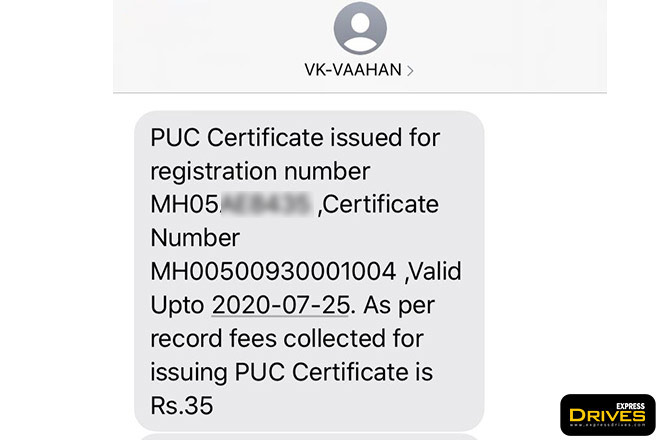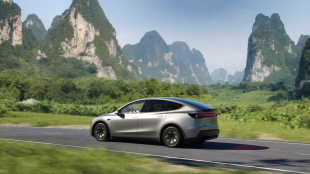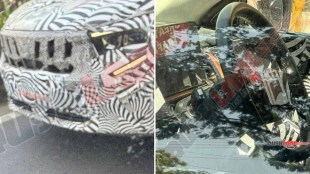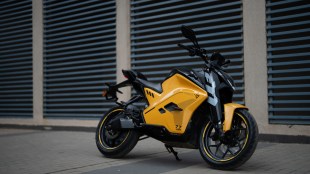
We auto journalists don’t own many vehicles. After all, day in and day out, we ride or drive all new vehicles that are there in the market. This leaves us very less time to even glance at our personal vehicles. There are exceptions and a few eccentric ones have classic cars/vintage motorcycles as well as regular vehicles and these, I know for a fact are kept in pristine condition. It was only recently when I went to Mumbai that I realised that my 14-year old motorcycle’s PUC had expired. To be honest, PUCs were a no-headache affair. Take your vehicle to the roadside PUC mobile and lo and behold, the certificate is in your hands. Depending on whether it is a car or motorcycle, you pay Rs 100 or Rs 40. As simple as that. Not anymore though. The government has centralised the process all across India. Delhi-NCR, I am being told, had this policy for quite sometime. Maharashtra has it now and few of my friends tell me that it is centralised in Bangalore as well as Kerala too.
How is it done then?
Well, for starters, pre-2010 registered vehicle owners have a task at hand and bit more money to spend. For example, these vehicles will have to be registered in the government vaahan database. This process takes less than a minute and the registrar needs your vehicle details like an RC copy or a valid insurance copy. Delhi folks , it seems, have to furnish their original RC for a PUC. Once the vehicle details are registered, the mobile van operator puts the nozzle tip into the vehicle’s exhaust and the data is fed to the central database. Based on permissible NOx levels, the certificate is issued. I saw two vehicles being disqualified on the grounds that their emission levels were much more than required. What for my 14-year old Bajaj Pulsar 150, you may ask? Well, it passed with flying colours!
What are the benefits of online PUC method?
Since it is done online, the method is tamper-proof. Gone are those days when you don’t even need to have the motorcycle or car in the vicinity of the PUC mobile van. Not only is the vehicle required to be there but its number plate has to be fed into the database on a real-time basis. One will also know if their vehicle is properly maintained or needs repairs. All this will definitely help curb pollution and at the same time reduce corruption. I am not cent per cent sure of the latter though. Why, you may ask? Scroll down.
The disadvantages of online PUC method

Remember the online vehicle registration part I was talking about. Well, that’s where the issue stems from. Unaware of this new method, I approached my usual PUC guy in Mumbai. He demanded Rs 150 for the entire process. Not quite convinced, I moved to another mobile van that was barely 300 metres away. This one demanded a much less Rs 90 for the registration and PUC. Sounds fair. However, the moment your vehicle is “registered” online, a text message is sent out to the registered mobile number. The text message says that the fee for the PUC is just Rs 35. When I showed it to the mobile PUC van operator, he mumbled something that he is charging a far lower rate than others. This is where the corruption angle comes in. Perhaps the only one that is.
What can be done to curb this malpractice?
The Vaahan portal should display the right amount one needs to pay the mobile van operator. Agreed, a text message is sent to the user but then its delivered a bit late (after handing over the money to the operator). Technically registering the vehicle online shouldn’t be charged more than Rs 10 but if left to the whims and fancies of such operators, can be detrimental. Instead, these operators mandatorily need to put up the charges on their mobile vans or centres thereby ensuring uniformity.




















